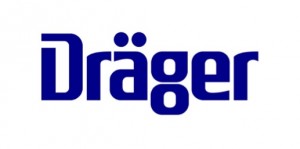Although necessary to support patients with lung injury, the ventilator itself has been shown to propagate lung injury when set incorrectly. In order to prevent this ventilator-induced lung injury (VILI), protective mechanical ventilation strategies have been advocated. Although airway pressure release ventilation (APRV) is considered a rescue ventilation mode by some clinicians, it has been advocated as a pre-emptive, protective mechanical ventilation strategy based on durable clinical experience and experimental work. It is important to note that APRV, as with all modes, can be set in a multitude of ways. It has been suggested the focus of determining the impact of ventilator strategies is primarily on macro-ventilatory parameters such as tidal volume (VT) and plateau pressure (Pplat) while overlooking the lung micro-environment. In multiple experimental, clinically applicable animal studies, the time-controlled adaptive ventilation (TCAV) method of applying APRV has demonstrated improvements in oxygenation and lung function, prevention of acute respiratory distress syndrome (ARDS) and a matching reduction in micro-anatomical injury. Experimental data demonstrate that targeting the micro-environment with TCAV improves alveolar recruitment and stability, maximizes alveolar surface area without causing overdistension and improves oxygenation while stabilizing the alveoli, reducing alveolar micro-strain and preservation of surfactant protein.
Successful completion of this course requires a score of 70% on the post-test.
This course is sponsored by an unrestricted education grant from Draeger Medical Inc.

This program was provided live at AARC Congress 2020.
**Please note that all programs require the participant to view the entire program prior to taking the final quiz and obtaining a course certificate.**
2024
Approved for 1.00 CRCE Hours.